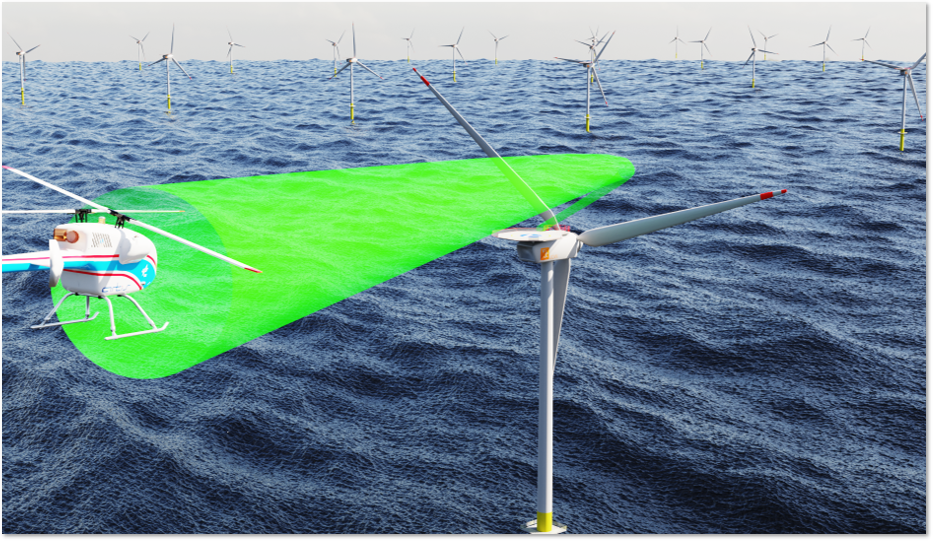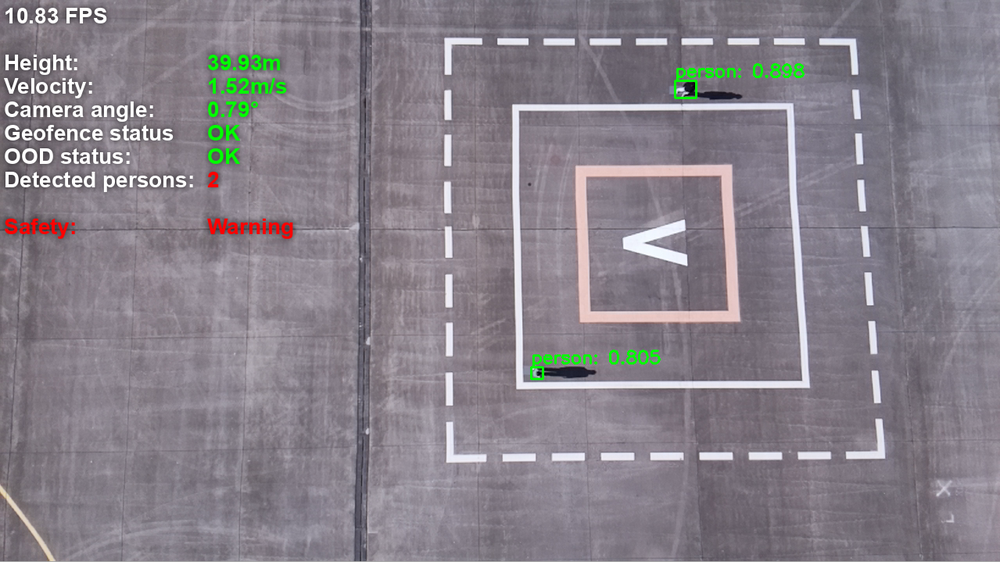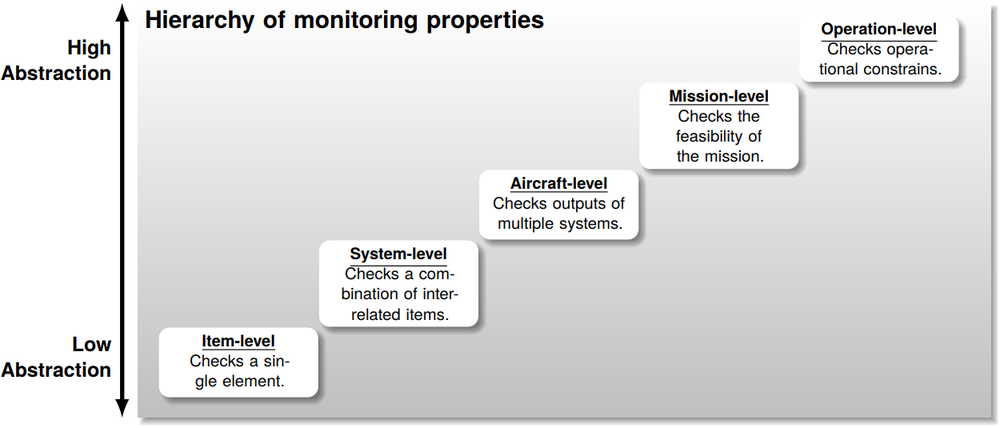Safe Autonomy
The Institute of Flight Systems develops and researches technologies for the safe autonomous operation of aircraft. Safe autonomy requires comprehensive system capabilities to enable fully automatic flight – even under challenging environmental and weather conditions, as well as in unforeseen situations – without the need for human intervention. One of the key challenges is the use and onboard integration of new technologies, in particular artificial intelligence and machine learning. In this context, the development and testing of viable safety concepts for complex systems, as well as the verification, certification, and standardisation of new technologies, are integral parts of safe autonomy research.
Autonomous flight enables aircraft to carry out missions independently and efficiently, without the need for human intervention and, in particular, without direct control by a pilot. Using advanced planning algorithms based on real-time data, autonomous aircraft can respond to their environment, avoid obstacles, and navigate safely through complex scenarios. These algorithms take into account the performance limits of the aircraft and the rules of safe flight operations, and ensure that both are adhered to.
To ensure the safety of autonomous operations even in challenging conditions – such as high winds, rain, or low visibility – the systems and algorithms must be sufficiently powerful and robust. Hardening these systems for 24/7, all-weather operation is therefore an important research objective. This involves investigating different levels of solutions, such as continuous monitoring of onboard systems and the environment during operation, automatic pre-planning of alternative mission paths, and the validation of edge cases and difficult scenarios through simulation.
Runtime assurance enables the safeguarding of complex systems and artificial intelligence when the algorithms used are inaccessible to established verification methods. A runtime assurance architecture acts as a safety mechanism: it continuously monitors the operation of the aircraft and checks for compliance with operational limits as well as regulatory and legal requirements. In the event of deviations, emergency procedures are triggered that either allow the aircraft to continue operating safely or, if this is not possible, ensure a safe termination of the flight, e.g., by deploying a parachute. These emergency procedures must also be carefully aligned with applicable regulations and laws to guarantee safety and legal compliance at all times.
Another key component of safe autonomy is the integration of external services. These enable seamless communication with other air traffic participants and other involved people or systems. By incorporating real-time data such as weather information, no-fly zones, or traffic updates, decisions can always be made based on the latest data. This networking ensures that obstacles are reliably avoided and flight routes are continuously optimized to ensure a safe and efficient arrival at the destination. External services thus play an important role in maximising the flexibility and reliability of autonomous aircraft.
The combination of intelligent algorithms, safety mechanisms, and real-time networking ensures that autonomous aircraft can be used reliably and responsibly.



